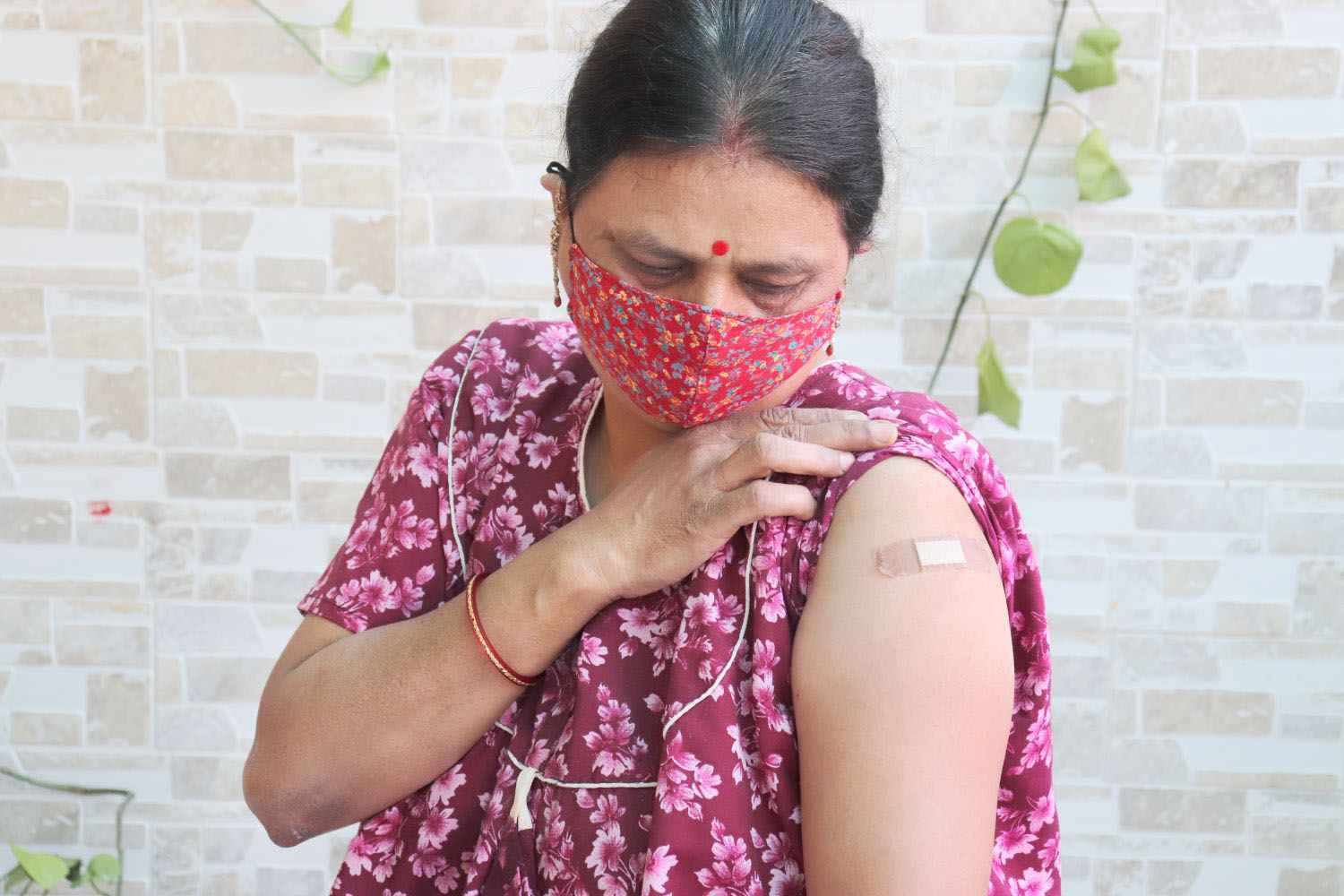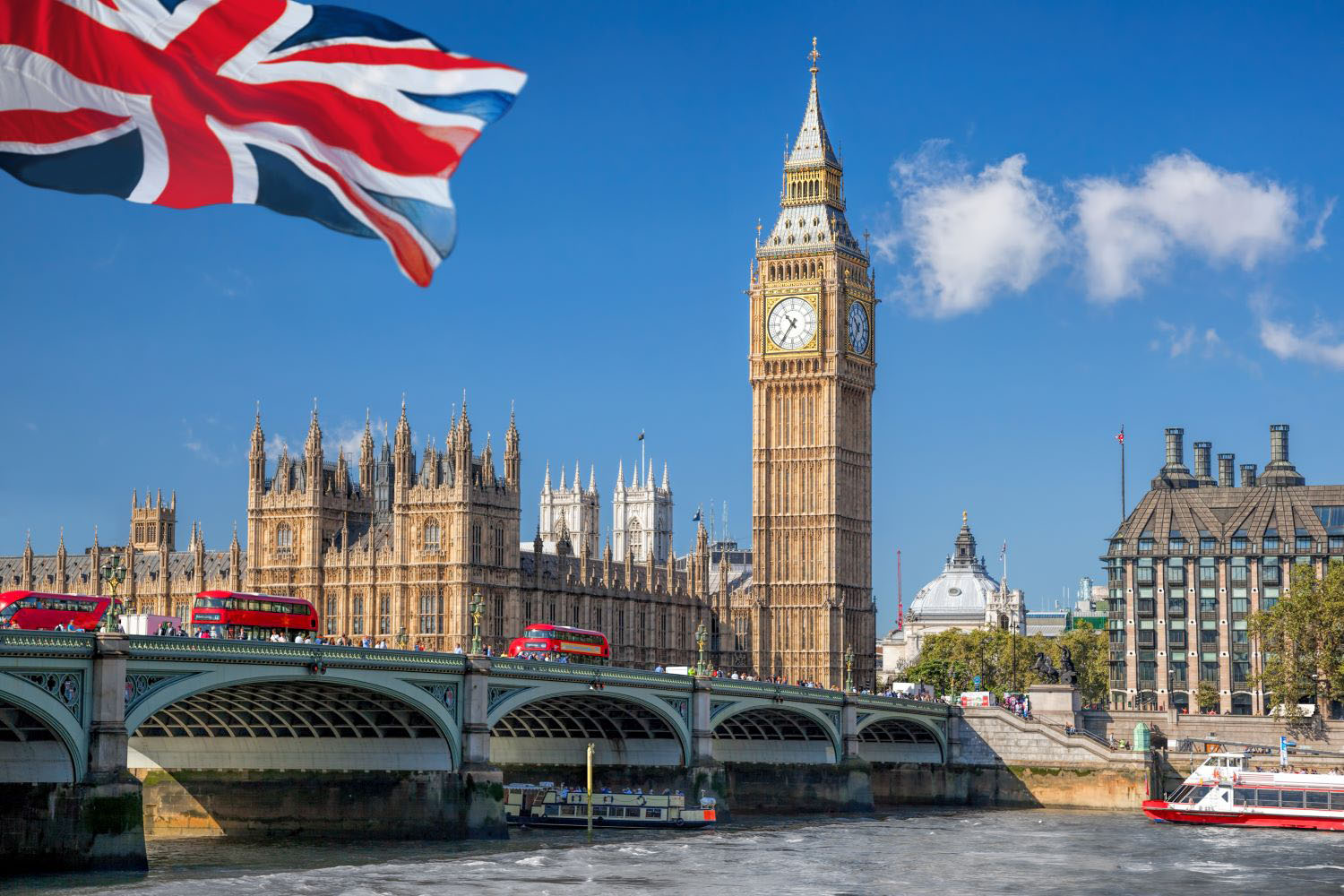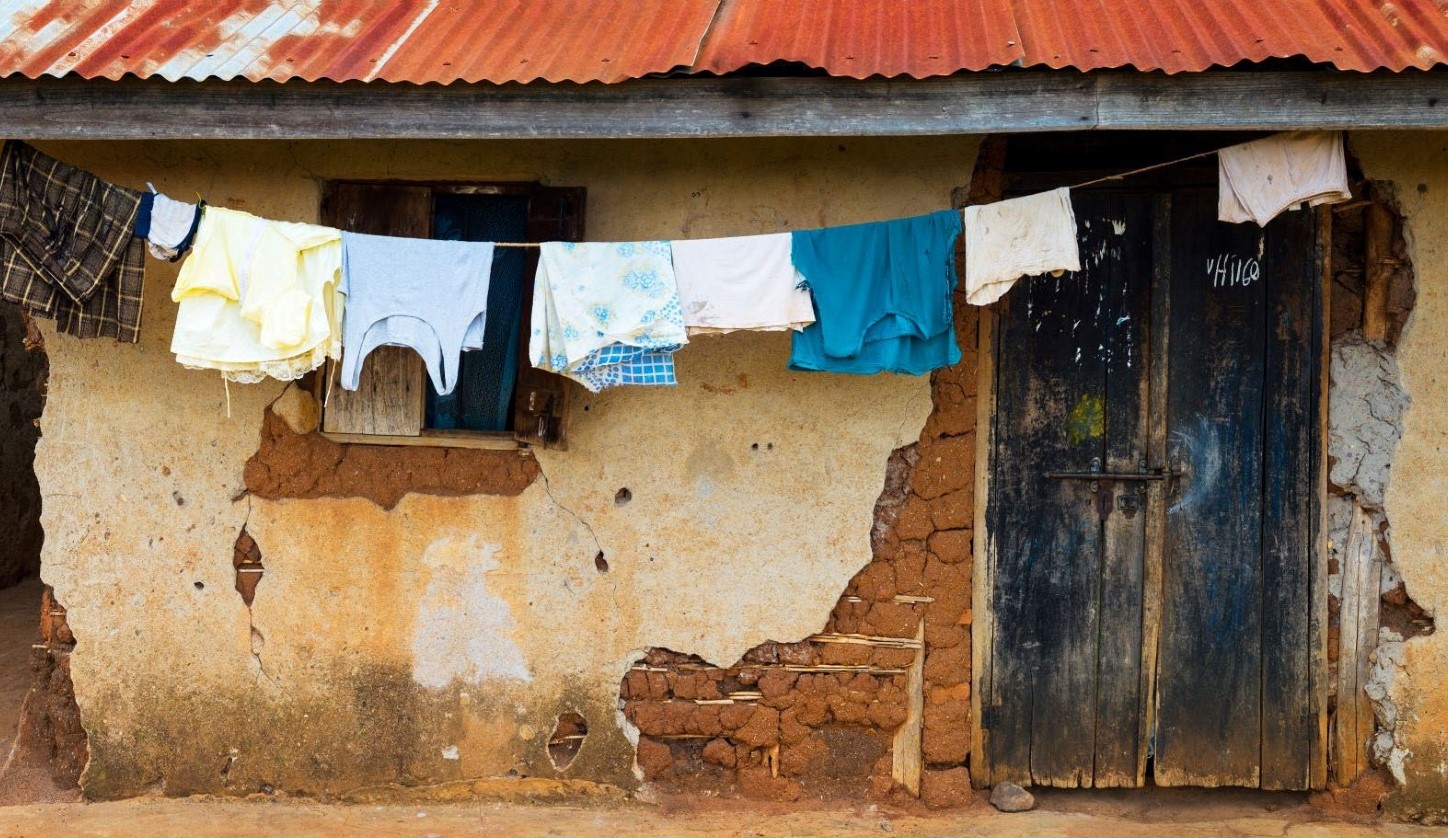
The United States budget for 2011; red area is global health aid (Source: xkcd)
This is a joint post with Amanda Glassman.
The verdict is
out (sort of): the proposed total global health appropriation for FY2012 will be $8.3 billion; $600m less than 2011 appropriations, $38.3m higher than the enacted amount in 2011 and $1.5 billion less than requested funding. More than $5.5 billion of this funding is appropriated to HIV/AIDS; $1.05 billion of which are contributions to the Global Fund. A further $2.6 billion is appropriated for USAID to fulfill a portfolio of responsibilities from nutrition to HIV/AIDS treatment and prevention. Some highlights:
- PEPFAR funding drops by 2%: A month ago Hillary Clinton called for an AIDS-free generation, and President Obama echoed her message by pledging to put 6 million on ARV treatment by 2013. Turns out, the budgetary response to this call is to decrease HIV/AIDS funding by 2%, from $4.9b to $4.8b, which decreases the number of people on treatment from 3.2m to 3m, hindering calls by Hillary Clinton for an AIDS-free generation.
- Contributions to the Global Fund remain the same, with a caveat: While the contributions went up by $300m in the Foreign Ops budget, this was merely a transfer from Labor-HHS budget, which means that contributions to the Global Fund actually remained the same compared to last year (thanks to Jason Wright and David Bryden for clarifying). There is also a fine print: the bill stipulates that 10% of contributions to the Global Fund should be withheld until the Global Fund maintains and implements a policy of transparency and independent audits. This means that the Global Fund takes yet another hit next year, and its ability to make a comeback is jeopardized, especially after cancelling its latest round of grants.
- USAID to lead GHI?: The bill includes a clause on the transition of GHI leadership to USAID and moving the State Department’s Office of the US Global AIDS Coordinator (or PEPFAR) into USAID: within 45 days, State Department and USAID have to complete a report on the progress made by USAID in terms of fulfilling the benchmarks highlighted in the Quadrennial Diplomacy and Development Review. These benchmarks include ensuring independent, evidence-based monitoring and evaluation, optimizing resource impact, demonstrating increased alignment with partner countries, increasing country ownership, and creating a clear, single entity for the GHI. While these are all great on paper, it is simply not possible for USAID to live up to these expectations, and the report to be completed in mid-February will most likely reflect that. Our former colleague, Nandini Oomman, outlines the possible reasons of USAID’s failure on the GHI here, and these concerns are still valid: USAID oversees only around 30% of the total GHI budget, a situation that precludes leverage over other agencies. GHI leadership does not entail oversight over the budget either, and giving USAID the mandate without changing the composition of the GHI budget will just complicate an already difficult situation. Further, the transition of OGAC and PEPFAR from State Department under USAID might not be feasible bureaucratically, given PEPFAR's independent structure.
- Target countries and the future of GHI+ ambiguous: While the bill includes provisions about the size of GHI, the scope is still large: the US gave health aid to over 80 countries in 2011, and further identified 29 of these countries as “GHI Plus” countries. The US could increase its “bang-for-the-buck” by focusing health aid on a smaller number of countries, exploiting its comparative advantage, and making GHI Plus selection process more systematized and focused.
Above all, what rationale has been or will be used to implement the cuts? Yes, the cuts could have been worse, and we only saw a slight decrease from 2011’s budget –after all, the global health budget is only a small drop in the budgetary sea (see chart). The spirit of GHI lives indeed, and the commitment to further consolidation in the US' global health architecture is encouraging. However, this year’s budget is a missed opportunity in a period defined by budget pressures: global health spending -like all aid spending- should only support known-efficacious interventions that can be shown to be effective and affordable in low-income countries. The United Kingdom, which has a smaller aid budget compared to the United States, already prioritizes value-for-money in its allocation decisions. The stakes are much higher for the United States, the world’s largest donor that gives aid less effectively compared to the United Kingdom: our (upcoming) paper on Health QuODA shows that the United Kingdom is one of the most effective donors, and this can be attributed to their value-for-money practices. 2011 was a year of austerity-gone-crazy; we hope 2012 becomes the year of austerity-done-effectively.
CGD blog posts reflect the views of the authors, drawing on prior research and experience in their areas of expertise.
CGD is a nonpartisan, independent organization and does not take institutional positions.






